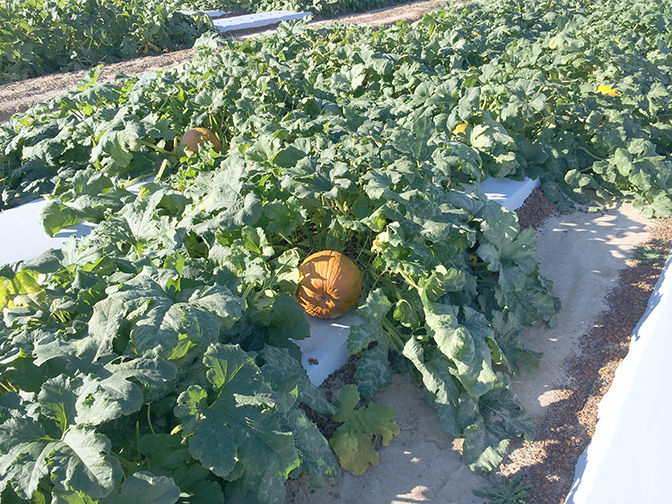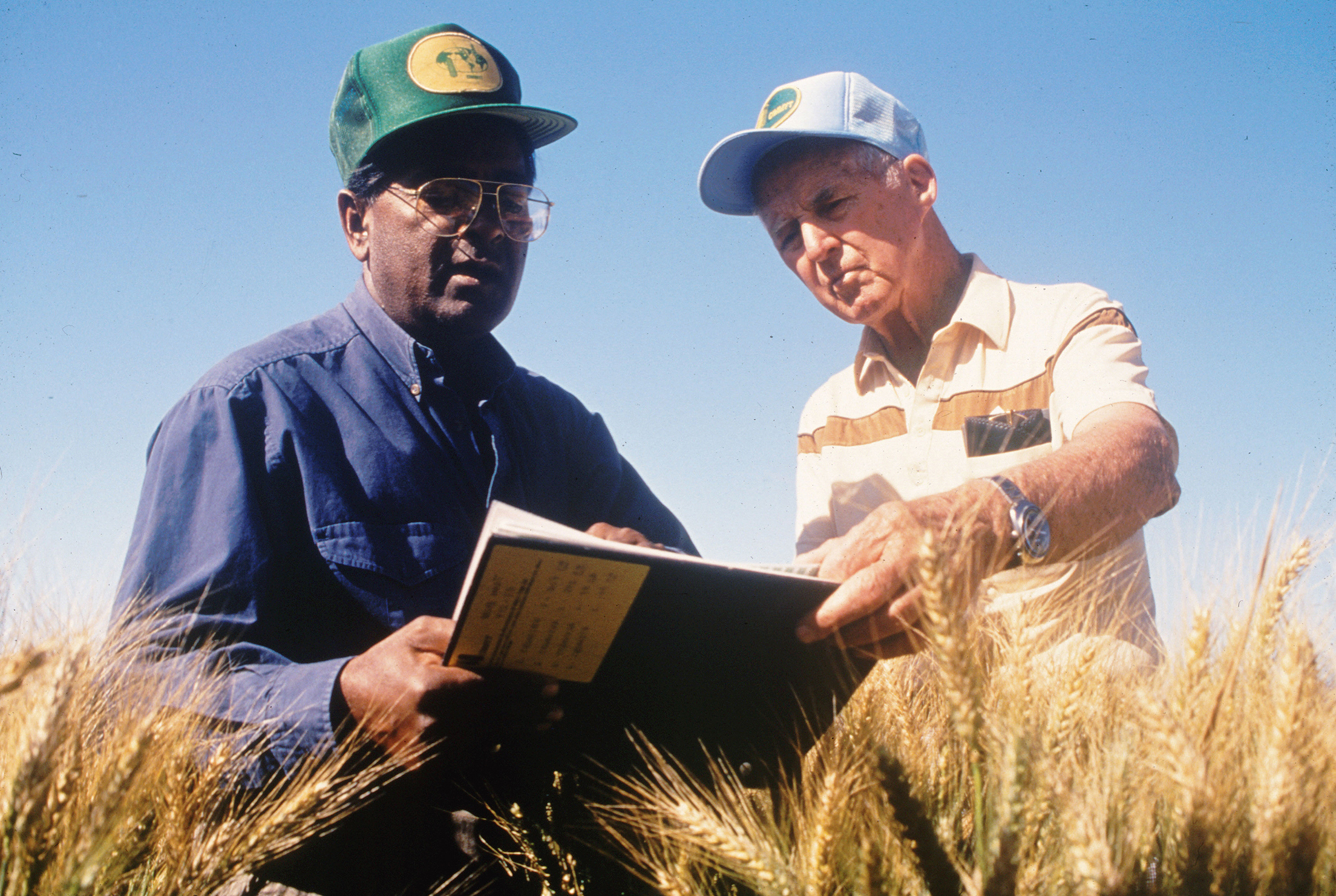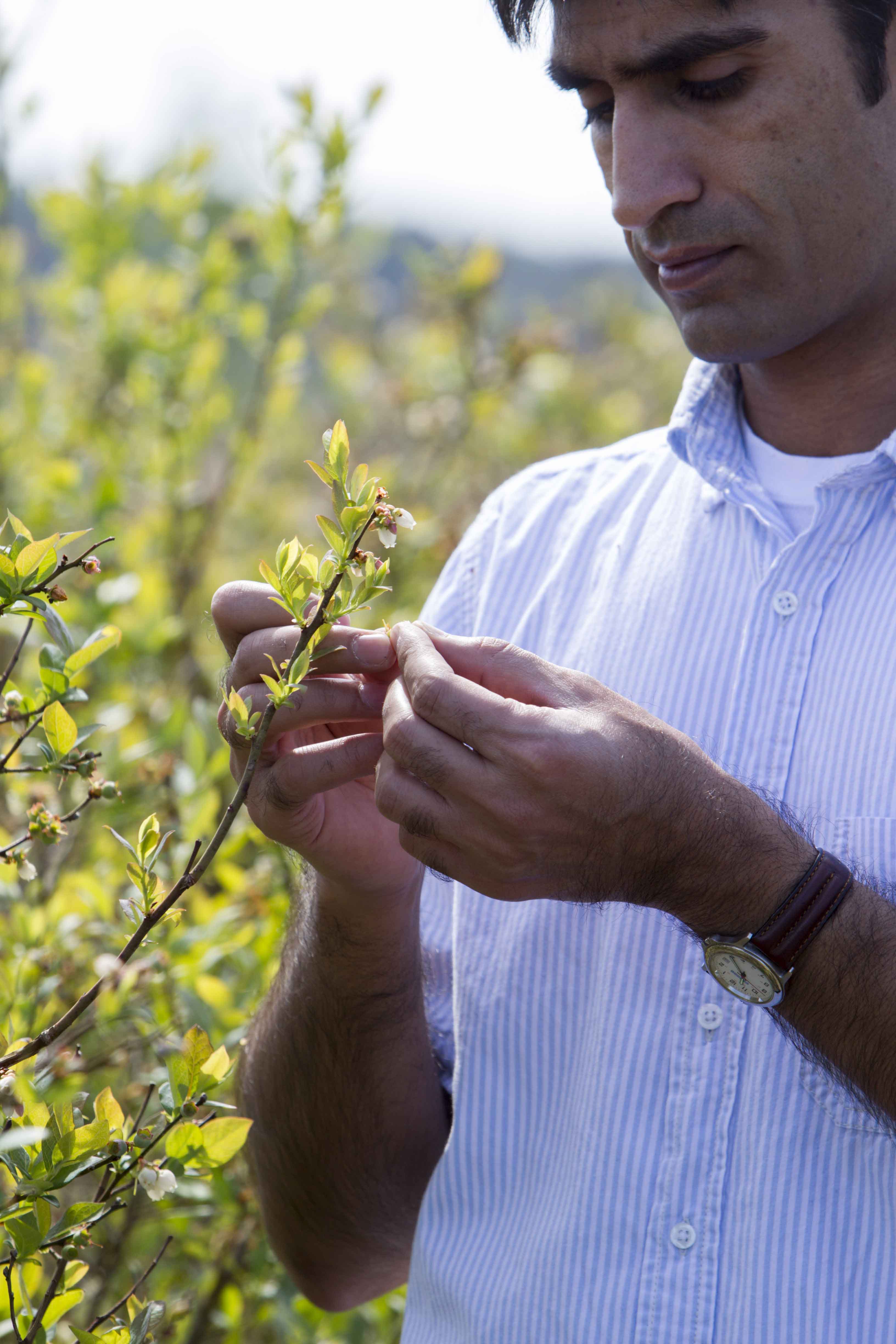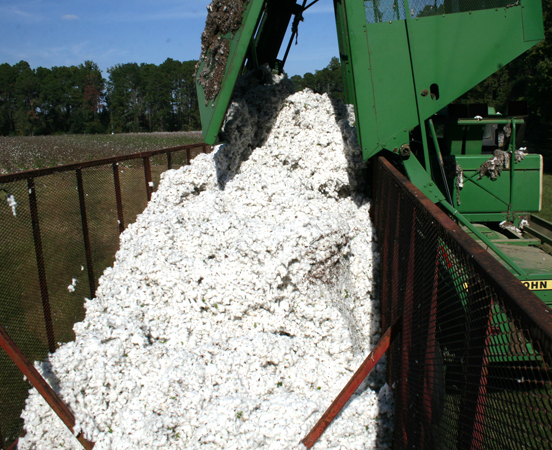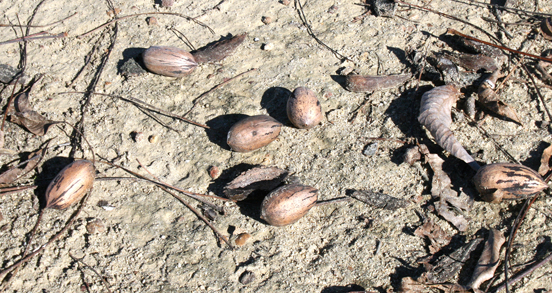 CAES News
CAES News
Pecan Crop
University of Georgia Cooperative Extension pecan specialist Lenny Wells fears Georgia’s pecan crop will fail to meet initial production projections by as much as 20 million pounds.

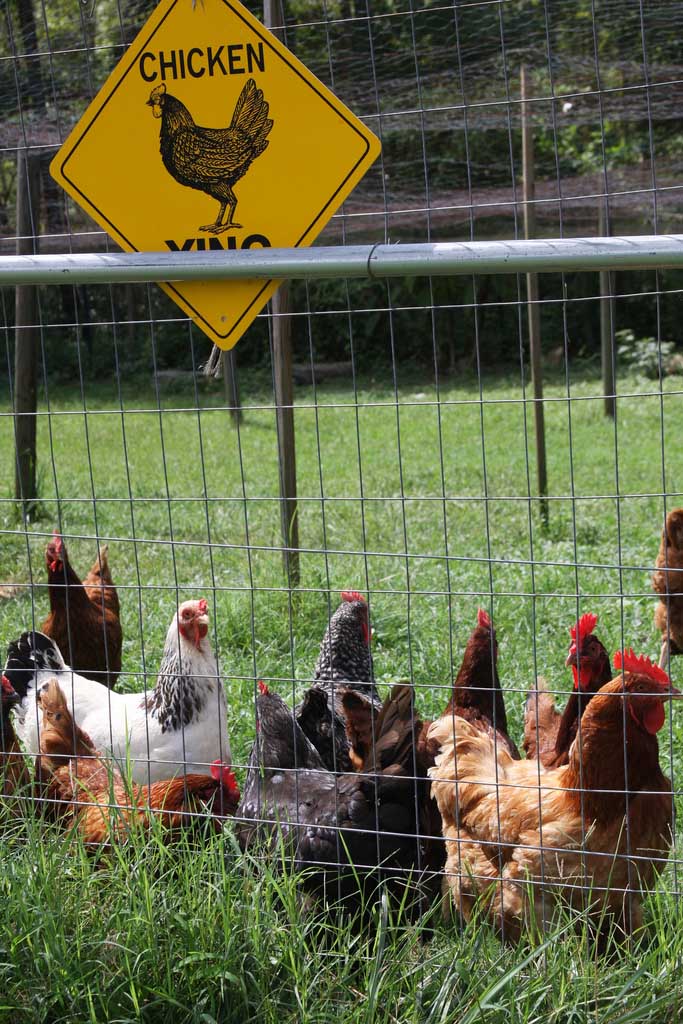
.jpg)
